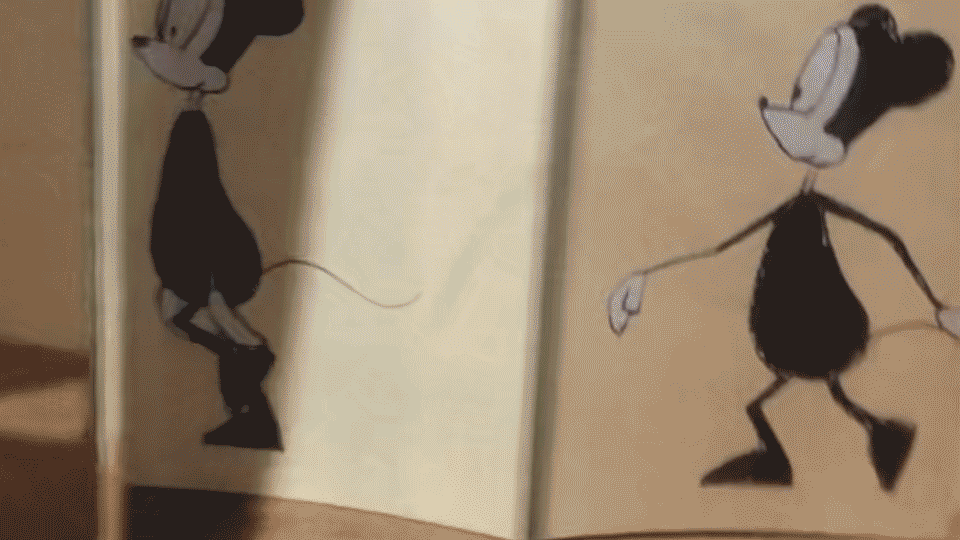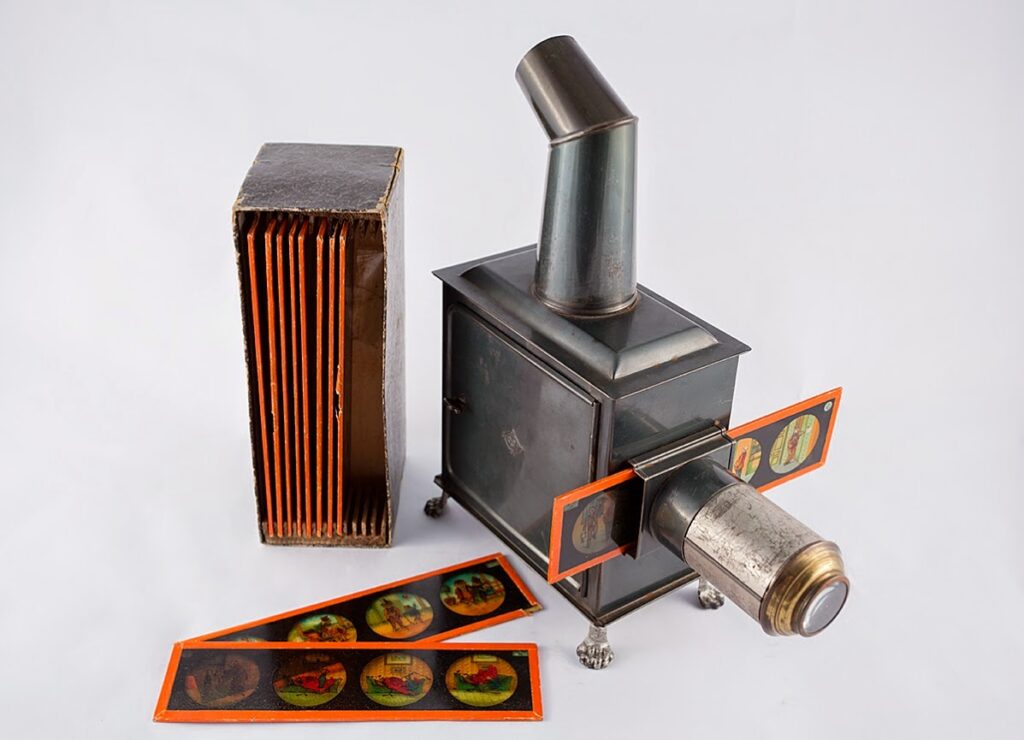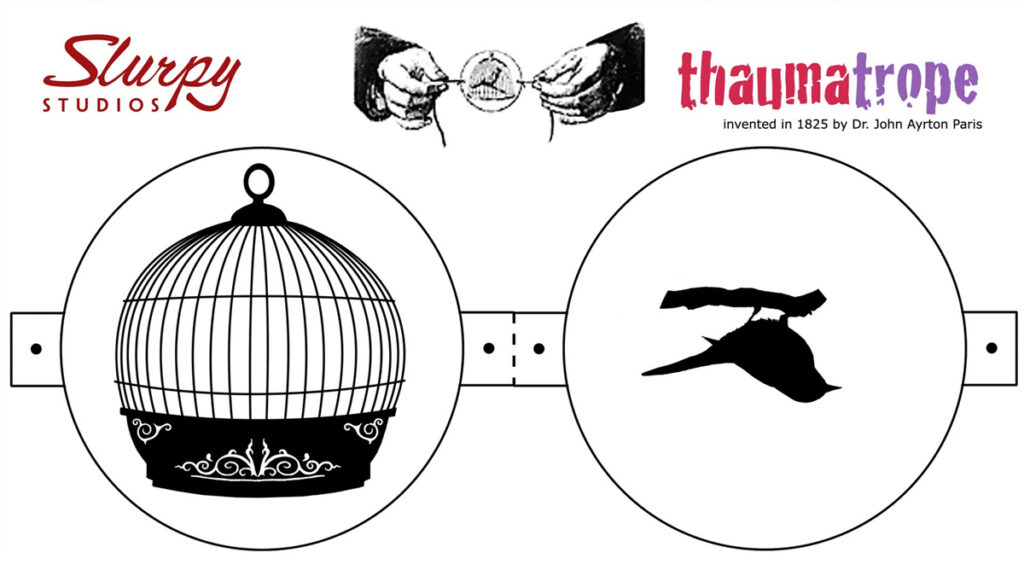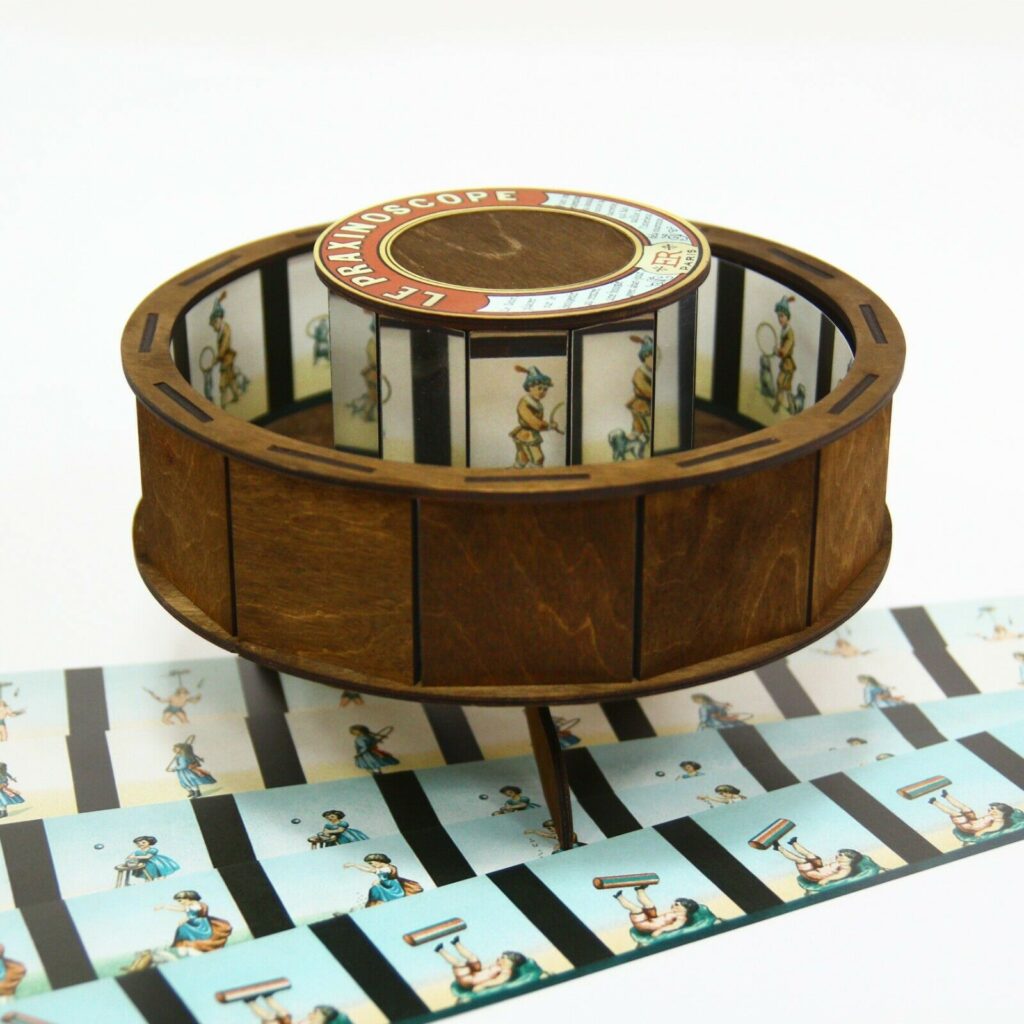Those of you old enough to remember pre-millennium animation will have noticed the rapid improvement of animated films over the last 30 years. Today, 3D animation can be rendered with such accuracy it’s difficult to distinguish animated characters from real-life actors.
It’s taken animators a little over 400 years to get to accomplish such an incredible achievement. The history of animations has many twists and turns.
Animation arguably dates back to ancient times. Pottery found in Iran showing a goat running and leaping is considered to be the first example of an “animated” character. The earliest motion devices, however, didn’t appear until 1603 with The Magic Lantern. The magic lantern used a concave mirror behind a light source to project hand-painted images through a small rectangular sheet of glass.
Pre-Film Motion Pictures
The machinery that emerged with the spread of the Industrial Revolution throughout the 18th and 19th centuries gave rise to experiments in animation – many of which proved successful.
Starting with the optical thaumatrope in 1825, the 19th-Century witnessed a string of inventions that created pre-film motion pictures – the first cartoons.
The phenakistoscope reflected a carousel of images through a mirror to make it appear as though the pictures were moving. The zoetrope used a similar method using a spinning drum, and the kineograph, or “flip book” reached a wider audience.
The first prototype of animated cartoons was known as the praxinoscope or movieola in 1876, an invention designed by the Parisienne science teacher, Charles-Émile Reynaud. The praxinoscope expanded on the original idea of the zoetrope but used mirrors to create a less distorted picture.
Join us next week for A Brief History Of Animation – Part 2.
If you are unfamiliar with the animation production process, this blog post What to expect when you work on a project with Sliced Bread might serve to help you, it provides a complete guide on how we typically approach our projects, from concept to final delivery. It also provides information on how we structure our fees and plan the production schedule.
If you would like to know more about how engaging and immersive animation can help your marketing communications? Drop us an email at info@sbanimation.com













